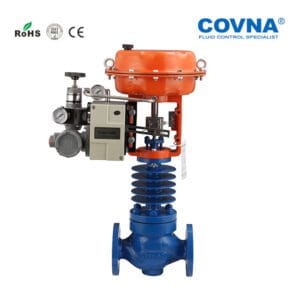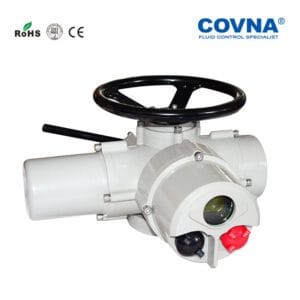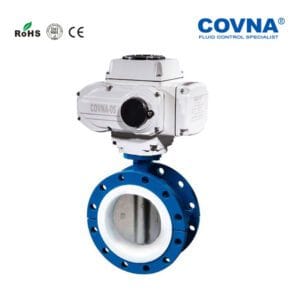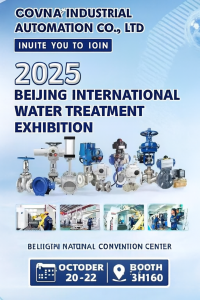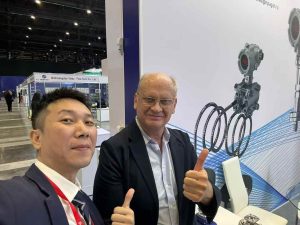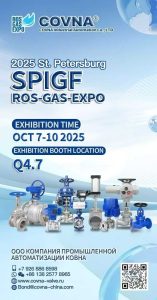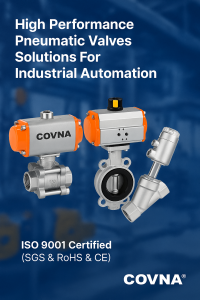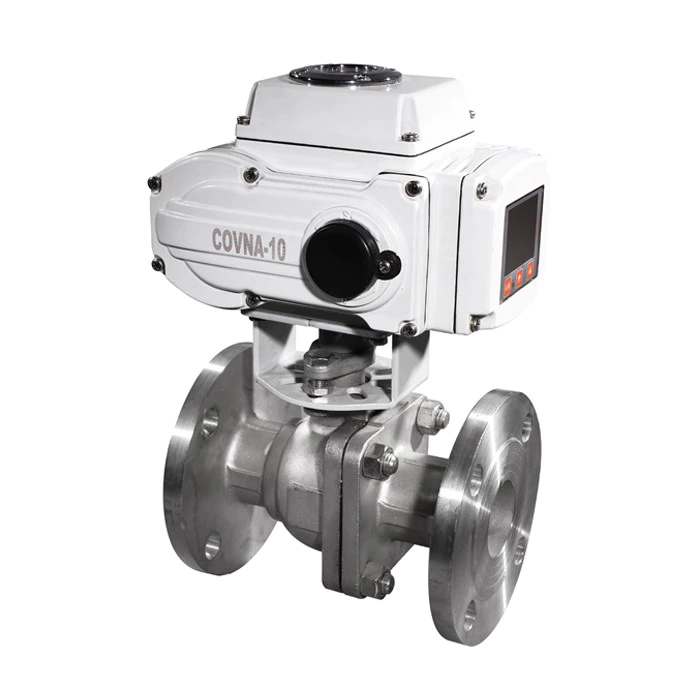
Top Electric Valve Actuators: High-Pressure & 12V Manufacturer Guide
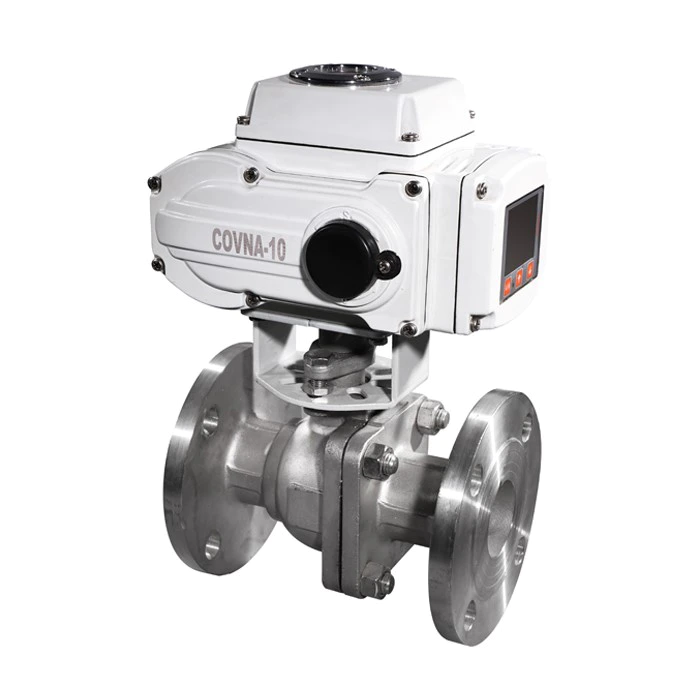
Cloud AI predictive-maintenance electric valve
The Cloud AI predictive-maintenance electric valve integrates advanced machine learning algorithms to continuously monitor key health indicators—torque, vibration, cycle count, temperature—and streams encrypted data to a secure cloud platform. There, predictive analytics assess trends in real time, identifying anomalous behaviors days or weeks before failure. Maintenance teams access a web or mobile dashboard displaying performance forecasts, service recommendations, and remote firmware updates. This proactive approach minimizes unplanned downtime, optimizes part replacement schedules, and extends overall valve lifespan by ensuring lubrication and calibration occur precisely when needed.
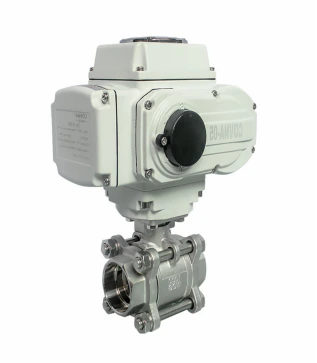
Wireless mesh network smart electric valve
Leveraging low-power wide-area networking (LoRaWAN and proprietary mesh), this smart electric valve forms an autonomous wireless grid across industrial sites without new cabling. Each valve node forwards encrypted status updates and command messages, allowing remote zone grouping, broadcast overrides, and localized peer-to-peer control. Battery life exceeds five years in typical duty cycles, with solar-assist options for sunlit installations. Integrations with SCADA and IIoT platforms use standard MQTT or OPC UA protocols, enabling centralized scheduling, flow analytics, and firmware multicasting. Perfect for sprawling irrigation systems, mining operations, or brownfield retrofits where wiring costs are prohibitive.

Solar-powered autonomous electric valve
Equipped with high‐efficiency monocrystalline solar panels and a built-in lithium-iron-phosphate battery pack, this valve runs off-grid year-round in remote environments. Power management firmware dynamically switches between solar charging, battery discharge, and sleep modes to maintain uninterrupted operation even during low-sunlight periods. The integrated controller supports time-based or soil-moisture feedback scheduling for agricultural irrigation, stormwater management, and off-grid water distribution. Rugged IP68 housing, corrosion-resistant fasteners, and UV-stabilized materials ensure minimal maintenance. Remote connectivity via LoRaWAN or cellular enables real-time status monitoring and firmware updates.
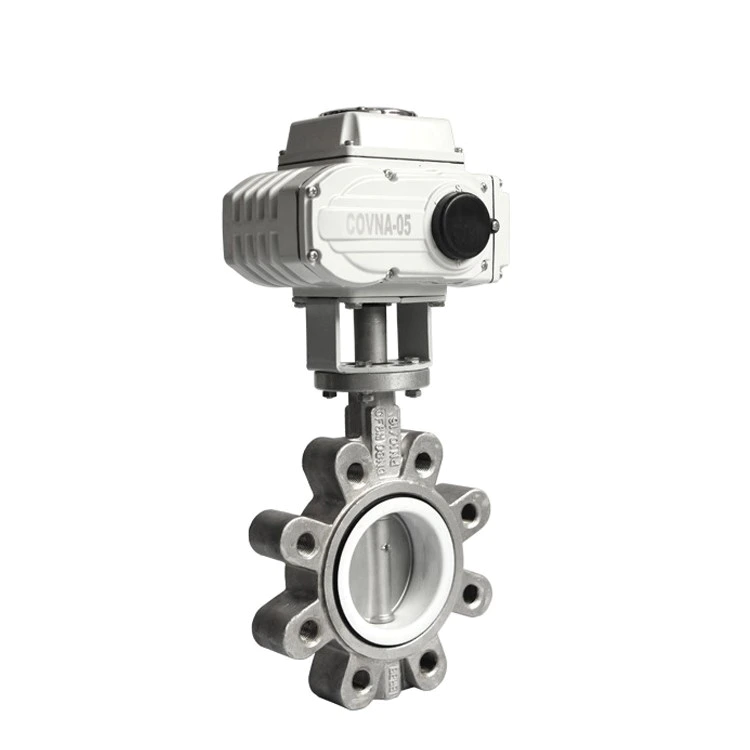
Magnetic-levitation silent electric valve
By suspending the valve rotor on active magnetic bearings, this design eliminates mechanical friction, wear, and the need for lubrication. Operation is virtually silent, with acoustic emissions below 25 dB, making it perfect for noise-sensitive settings like laboratories, OEM medical devices, or cleanrooms. Real-time position sensors and closed-loop control maintain submicron alignment, enabling ultra-smooth valve actuation and repeatable flow profiles. The all-electric actuator requires no pneumatic supply, simplifying system design. Long service intervals and debris-tolerant clearances further enhance reliability in harsh or contamination-controlled environments.
We Have The Best Solutions for Your Business
COVNA GROUP CO., LTD is a world-leading valve manufacturer which specialized in solenoid valves, pneumatic valves, and electric valves for pipeline fluid control. COVNA originated from German technology, has its own R&D, design, production, sales team, and aims to be the global automation application service provider.
COVNA production range includes solenoid valves, pneumatic valves, electric valves, gate valves, globe valves, butterfly valves, control valves, safety valves, and various special valves. COVNA products are widely used in Water & Waste water treatment, Automation, Petroleum, Chemical, Electric power, Metallurgy, Mining, Paper-making, Pharmaceutical Industries, etc.
COVNA team make a rapid response to customer's requirements, provide professional product selection guidance and reliable valve application solutions.So far, COVNA has achieved ISO 9001 Quality Management System Certification, CE Certification, RoHS Certification.
Why Choose COVNA
Global Expertise
COVNA delivers valve solutions to customers in over 120 countries, combining global market expertise with localized support to meet diverse industry needs and ensure reliable performance worldwide.
Advanced Technology
Backed by German technology, COVNA specializes in solenoid, pneumatic, and electric valves, providing innovative fluid control solutions designed for precision, efficiency, and long-lasting durability.
Strong Manufacturing
With a modern factory, CNC machining, and strict quality testing, COVNA ensures every valve meets international standards, delivering consistent reliability for water, oil, gas, and automation industries.
Trusted Brand
Recognized as a preferred supplier by global partners, COVNA has built long-term trust through consistent product quality, professional technical support, and comprehensive after-sales services.
FREQUENTLY ASKED QUESTION
Do You Have Any Question?
An electric valve receives control signals from a PLC, DCS, or host computer to drive the motor inside the valve to rotate or the actuator to move linearly, actuating the valve disc or gate, thereby changing the valve opening diameter and achieving flow regulation or rapid shutoff.
The advantages are that they do not require a compressed air system, are easy to install, and are quiet, making them suitable for indoor or airless environments. The disadvantages are that they generally respond slower than pneumatic valves, are more dependent on a power source, and may cause system downtime in the event of a failure.
First, determine the media type, pressure, and temperature range. Then, select the valve body material (stainless steel, cast iron, etc.) and actuator model based on the required diameter, flow characteristics, torque requirements, and operating voltage (e.g., 24 VDC, 220 VAC).
Common voltages for electric valves on the market include 12 VDC, 24 VDC, 110 VAC, 220 VAC, and 380 VAC. Drive types are categorized as single-turn (ball valves, butterfly valves) and multi-turn (gate valves, globe valves). Reference the stroke and torque curves when selecting a model.
Before installation, ensure that the pipeline is free of impurities and properly supported. Ensure that the valve is in the manual open or closed position. When wiring, connect the power and control circuits strictly according to the wiring diagram, and adjust the limit switches or mechanical travel to the fully open or closed position.

